When it comes to electrical distribution systems, understanding the differences between a main lug and a main breaker is essential. Both elements serve crucial roles in power distribution and safety in both residential and commercial setups. This article aims to delineate the key differences between the two, helping you to make an informed decision when choosing a power distribution system for your needs.
What is a Main Lug?
A main lug is a set of terminals that provide the connection point for branch circuits within an electrical system. It is usually located on the load side of the service entrance equipment. The main lug provides the connection point for incoming power, and it then distributes this power to various circuits in your home or business.
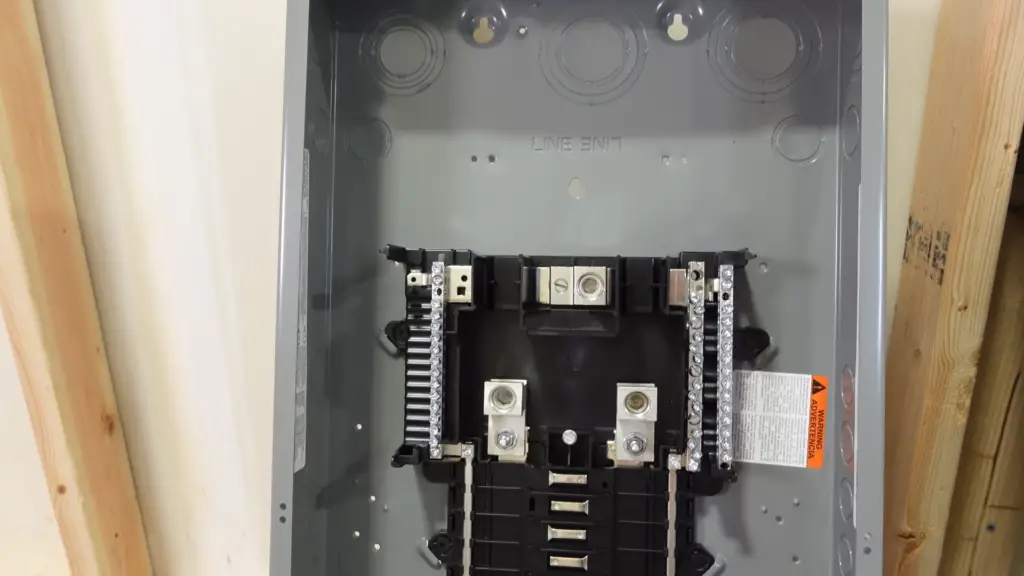
What is a Main Breaker?
A main breaker is similar to a main lug, but it also serves as a disconnecting device for larger electrical systems. This breaker is typically located on the line side of service entrance equipment. It provides an efficient means of disconnecting power in the event of an electrical overload or short-circuit.
Main breakers are typically used to protect commercial, industrial, and multi-family residential buildings. The main breaker acts as a safety device to ensure that circuits throughout the building are protected from overloads or short-circuits.
Main Lug vs. Main Breaker: What’s the Difference?
Main lugs and main breakers both provide a connection point and disconnect switch for electrical systems. The primary difference between these two components is that the main lug is usually used in residential applications, while the main breaker is typically used for commercial or industrial buildings.
The main lug provides a point of connection for incoming power to be distributed to various circuits within a home, and its disconnect switch is essential for safety purposes. The main breaker also provides a connection point, but it is typically used to protect larger buildings from electrical overloads or short-circuits. [1]
In summary, the primary difference between a main lug and a main breaker is that the former is generally used in residential applications while the latter is typically used in larger buildings. Both of these components are essential to the safety and proper functioning of electrical systems.
Importance of Installing Main Lug or Main Breaker
Installing a main lug or main breaker is an important part of any electrical system, as it helps to ensure safe and efficient operation of the system. Without a disconnect switch, your home or business could be at risk for an electrical overload, short-circuit, or other issues.
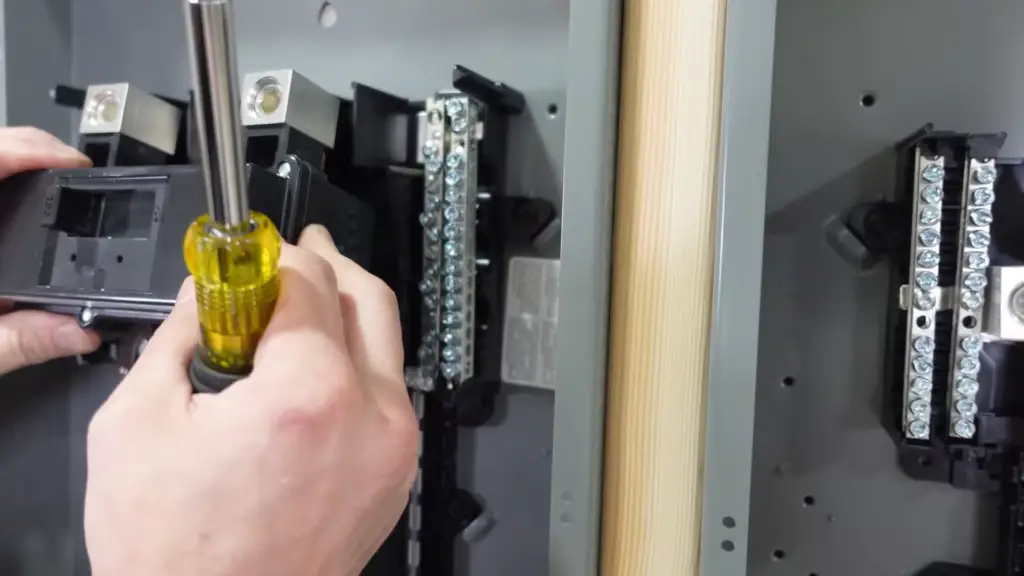
Additionally, a disconnect switch is essential in the event of a power outage. Without one, you would not be able to properly shut off the power to your home or business and could cause further damage. Therefore, installing either a main lug or main breaker is an important step in protecting your electrical system.
Finally, the installation of either a main lug or main breaker also serves as a reliable source of power for your home or business. With these components in place, you can be sure that your system is functioning safely and efficiently.
For larger buildings, the installation of a main breaker is often required by law to ensure safe operation. Therefore, it is important to assess the size and complexity of your electrical system in order to determine which component is best for your needs.
Regardless of whether you are installing a main lug or a main breaker, it is essential that the installation be done by a professional electrician who is familiar with your particular electrical system. This will ensure that the disconnect switch is properly installed, and that your system is safe and efficient. [2]
Advantages and Disadvantages of Each
One of the main differences between a main lug and a main breaker is the advantages and disadvantages that each option offers in terms of cost, safety, and energy efficiency.
Cost
Main lugs are often less expensive than main breakers since they don’t include the added cost of a trip unit or circuit breaker. This makes them attractive to those on a tight budget, especially for applications that require many circuit breakers.
However, the installation of main lugs requires more time and labor than the installation of a main breaker system due to the extra steps required to wire each circuit individually.
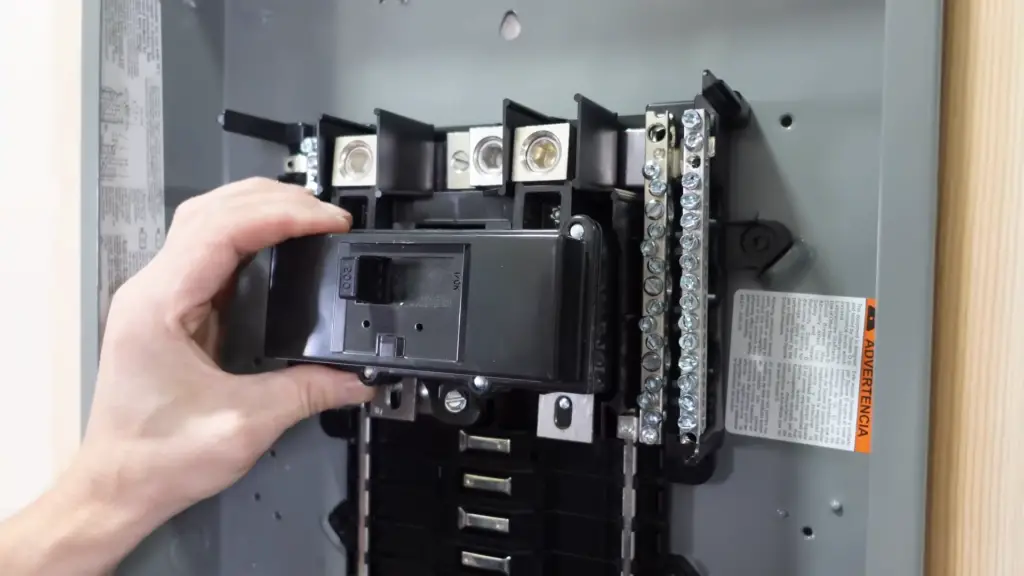
Safety
Main breakers are generally considered safer than main lugs, as they include an internal trip unit that monitors the current load and can shut down power in case of an overload or short circuit.
Main lugs, on the other hand, provide no protection against overcurrents or short circuits. This means that if an overcurrent or short circuit occurs, there is nothing to interrupt the flow of electricity through the main panel and could potentially cause a fire or other damage.
Energy Efficiency
Main lugs are more energy efficient than main breakers, as they do not contain a trip unit or circuit breaker mechanism that draws power when the system is in standby mode. This makes them ideal for applications where saving energy is a priority.
However, main lugs require all circuits to be wired individually – meaning each circuit is active and drawing power even when it’s not in use. This can lead to higher energy bills over time, as opposed to the more efficient main breaker system where you can shut off individual circuits if they are not being used. [3]
Summary
Main lugs offer a cost-effective solution for smaller applications, while main breakers provide better overall safety features and energy efficiency. Ultimately, it’s up to the user to decide which option is best for their application. It’s important to consider all factors when making a decision – from budget constraints and safety requirements to energy savings and convenience.
Regardless of which option you choose, proper installation and regular maintenance are key in ensuring a safe and efficient electrical system. To ensure the best results, it’s always a good idea to consult an experienced electrician before making any changes.
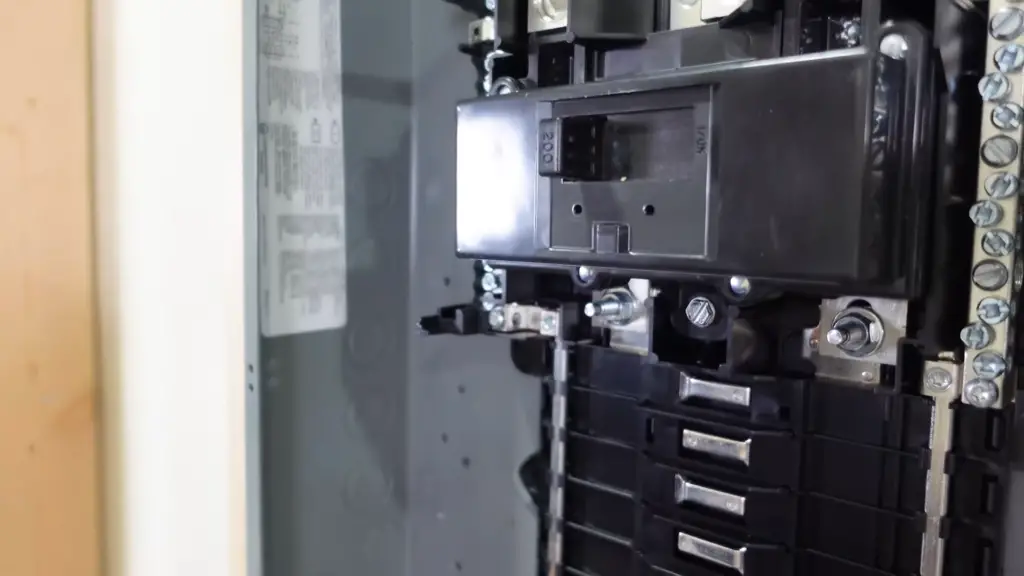
When Should You Use a Main Lug or Breaker?
When it comes to selecting a main lug or breaker, the most important thing to consider is safety. Main lugs are generally safe for smaller projects, such as single-phase panels with only limited power distribution. However, if you require more power than that, then a main breaker may be the better option. In this case, it’s best to consult an expert to ensure that you’re making the right decision for your electrical and safety needs.
Main breakers can also provide greater protection in the event of a power outage, as they are able to shut off all the power in the panel at once. This is especially important if you’re planning on installing multiple heavy-duty appliances or fixtures in your home.
When selecting a breaker, it’s important to make sure that the one you choose matches the current rating of the panel. This will ensure that the power is distributed evenly and safely to all connected circuits and appliances.
It is crucial to consistently seek the expertise of a certified electrician when handling any electrical equipment, no matter how basic, such as a main lug or breaker. This precautionary measure guarantees the safety and adherence to electrical codes of your home’s electrical system, providing you with peace of mind. [4]
How to Choose Between a Main Lug and a Main Breaker
When deciding between a main lug and breaker, consider the size of your project, the amount of power you need to distribute, and the safety features needed. For smaller projects with limited power requirements, main lugs are generally safe and can be installed quickly. However, if you require more power in your panel or need greater protection against outages, then a main breaker may be the better choice.
Finally, always contact a qualified electrician when working with any kind of electrical equipment – even something as simple as a main lug or breaker. This is the best way to ensure that your home’s electrical system is safe and always up to code.
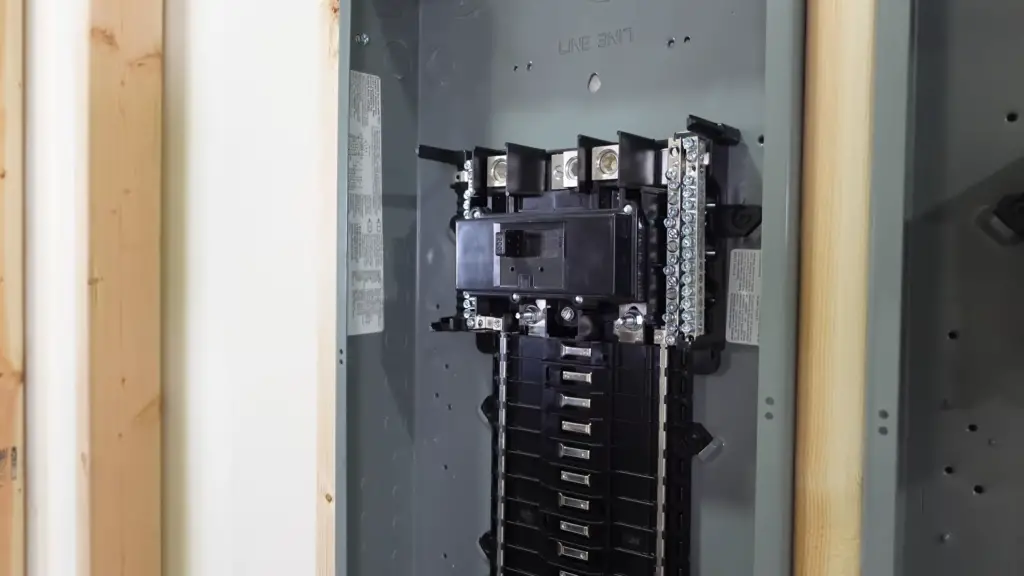
Safety Considerations When Installing a Main Lug or Breaker
When installing either a main lug or breaker, safety should always be the top priority. To ensure that your electrical system is safe, make sure to:
- Consult a qualified electrician when making decisions related to electricity
- Use the correct wiring and connections for your project
- Match the power rating of the breaker to the current rating of your panel
- Install any safety devices, such as a ground wire or surge protection, as needed
- Regularly perform maintenance and inspections on all electrical systems in the home.
By following these simple steps you can ensure that your home’s electrical system is safe and always up to code. [5]
Installation Considerations for Main Lugs and Breakers
When installing a main lug or breaker, make sure to follow proper safety protocols. This includes wearing appropriate protective gear such as gloves, goggles, and masks. Also, make sure to switch off the power supply before beginning any work on the panel.
When wiring the lugs or breaker, use the correct wire size and make sure to double check all connections are secure. To ensure the safety of your electrical system, it’s also important that you don’t exceed the current rating of the panel or otherwise overload it with too many appliances and fixtures.
Finally, always be sure to consult an expert when installing either a main lug or breaker – this is the best way to ensure that your home’s electrical system is safe and always up to code.
What Is The Difference Between A Terminal And A Lug?
A terminal is a type of connector that allows an electric current to be sent from one component to another. Terminals usually have spade-shaped ends and are used in combination with wires to connect two points together.
Lugs, on the other hand, are metal connectors designed for use with heavy-duty electrical equipment, such as main lugs and breakers. They are generally larger than terminals and feature a hole in the center that is used to secure the wire or cable into place.
In summary, terminals and lugs are two different types of connectors that are used to establish an electrical connection between two points. Terminals are typically smaller and designed for lighter-duty equipment while lugs are larger and made for heavy-duty applications.
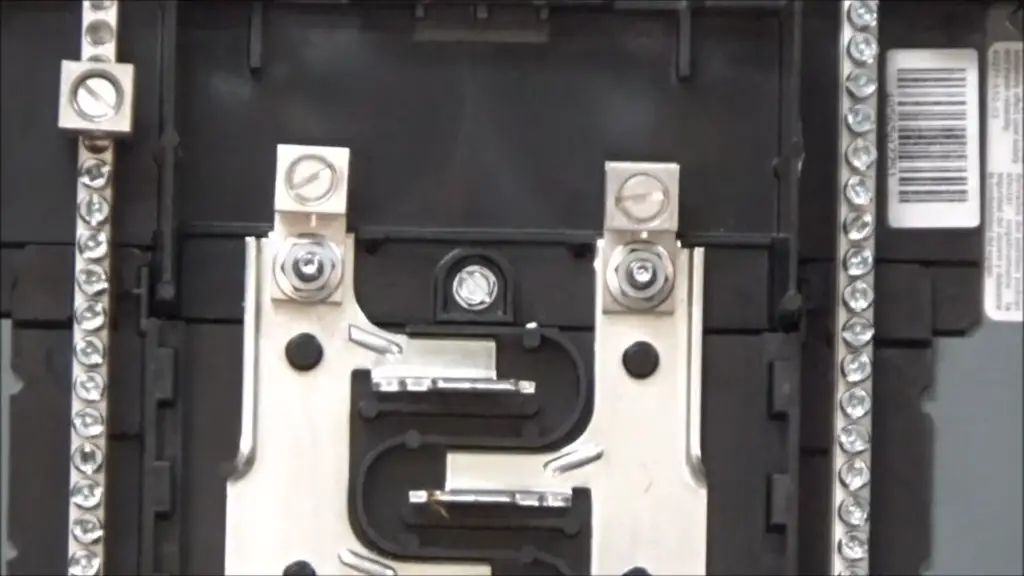
What Is The End Of A Cable Called?
The end of a cable is often referred to as a connector. This is the part that connects one point in an electrical circuit to another, such as between two wires or from an appliance to the wall outlet.
Connectors come in various shapes and sizes, depending on their purpose and what equipment they are being used with. For example, there are different types of connectors for automotive, audio/visual, and communication cables. Common connector types include spade, banana plug, F-type, and RJ45.
The best way to determine what type of connector you need is to consult a qualified electrician or refer to the owner’s manual for your equipment. This will ensure that you have the right type of connector for your project and that it is installed correctly.
What Are The Different Types Of Ground Connections?
Ground connections are used to protect electrical equipment from damage due to overloads or short circuits, as well as provide a safe pathway for electricity to flow. There are three main types of ground connections: permanent, removable, and bonded.
Permanent ground connections are usually found in homes or buildings wired with metal conduits. They consist of a copper wire that is connected to the main panel and other electrical equipment in the building.
Removable grounds are used when an appliance needs to be grounded but can’t be permanently attached to the home’s wiring system. This type of ground uses a plug and receptacle or other specialized connector to attach the appliance to the home’s wiring system.
Finally, bonded grounds are used when two pieces of electrical equipment need to be grounded together but can’t be connected directly. In this case, a third wire is used to connect both pieces of equipment in order to create a safe path for electricity to flow. [6]
Can A Main Switch Be A Circuit Breaker?
It is possible for a main switch to be used as a circuit breaker. However, this should only be done when absolutely necessary and with the guidance of a qualified electrician. This is because it takes more time and energy to reset a main switch after an overload, which can cause delays in the event of an emergency. Additionally, attempting to use a main switch as a circuit breaker may not be in accordance with local electrical codes. It is best to check with a professional before attempting to use a main switch as a circuit breaker.
FAQs
What is the main difference between a Main Lug and a Main Breaker?
The main difference between a Main Lug and a Main Breaker is that the latter includes an overload protection device. This means that if an overload occurs, the breaker will automatically trip and will need to be reset in order to restore power. A Main Lug does not have this feature, so when an overload occurs, it must be manually reset. Additionally, a Main Breaker typically has a higher amp rating than a Main Lug, allowing for larger currents to be safely handled.
What type of panel should I use?
The type of panel you should use will depend on the size and other specifications of your electrical system. For most residential applications, it is best to use a main breaker panel as it provides the necessary overload protection for the circuit. If you are unsure which type of panel is best for your application, it is recommended to seek the advice of a qualified electrician.
Are Main Lugs and Main Breakers interchangeable?
No, Main Lugs and Main Breakers are not interchangeable; each one must be designed for its intended purpose. Additionally, due to their different design features, the two cannot be used in the same panel. For example, a Main Lug panel must use only lugs for connections while a Main Breaker panel must use only breakers.
Do I need to use GFCI outlets with my system?
GFCI outlets (ground fault circuit interrupters) are recommended for any electrical system, especially if it is located near water sources. These outlets help to protect from electrical shocks by automatically sensing and breaking the circuit when an imbalance in current is detected. It is important to install GFCI outlets in areas where there may be a risk of electric shock, such as bathrooms and kitchens.
Is it safe to use Main Lugs or Main Breakers?
Yes, both Main Lugs and Main Breakers are safe to use when installed properly and maintained regularly. However, it is important to check your local electrical code for any specific requirements or limitations before installing either type of device. Additionally, it is recommended to seek the advice of a qualified electrician if you have any questions or concerns about safety.
In what situations should a Main Lug be used instead of a Main Breaker?
Main Lugs should be used in situations where there is not a need for overload protection, such as when the circuit load will remain relatively consistent. Main Breakers are usually better suited for applications with higher current demands and frequent changes in load. Additionally, if the panel size does not allow for a Main Breaker, then a Main Lug may be the only option. It is best to consult with a professional before deciding which type of device is best for your application.
How does the installation process differ between a Main Lug and a Main Breaker?
The installation process for a Main Lug and a Main Breaker is relatively similar; however, there are some key differences. The main difference is that a Main Breaker requires the addition of an overload protection device, which must be wired into the circuit before installation. Additionally, Main Lugs generally require less wiring than Main Breakers due to their simpler design. When installing either type of device, it is important to always follow proper safety protocol and seek the advice of a qualified electrician if necessary.
What are some common issues that can arise with Main Lugs and Main Breakers?
Common issues that can arise with Main Lugs and Main Breakers include loose connections, improper wiring, and defective devices. Additionally, if the load on a circuit is too high for the rating of a device, then an overload may occur. It is important to regularly inspect all electrical components and to replace worn or damaged parts as soon as possible in order to maintain safe and reliable operation. Additionally, it is best to consult with a professional if you are unsure or have any questions about your specific application.
Are there significant cost differences between the two?
The cost difference between Main Lugs and Main Breakers can vary depending on the size and other specifications of the device. Generally, however, Main Breakers tend to be more expensive due to their overload protection feature. Additionally, since a Main Breaker panel must include additional wiring as well as the breaker itself, this can also increase the overall cost. It is best to consult with a qualified electrician for an accurate cost estimate.
How do I choose between a Main Lug and a Main Breaker for my specific needs?
When choosing between a Main Lug and a Main Breaker, it is important to consider the size and load of your electrical system. Generally, a Main Breaker is best for applications with higher current demands or frequent changes in load, while a Main Lug may be more suitable for applications where the load remains relatively consistent. Additionally, local electrical codes should always be taken into account when making this decision. If you are unsure which type of device is best for your application, it is recommended to seek the advice of a qualified electrician.
Useful Video: Converting QO™ & Homeline Load Centers from Main Lug to Main Breaker | Schneider Electric Support
Conclusion
Main Lugs and Main Breakers are two different types of electrical devices used to control the flow of electricity in a circuit. Main Breakers are typically used for residential applications and offer overload protection, while Main Lugs are often used for commercial applications where there is not a need for this feature. While both devices can provide reliable operation when installed correctly, it is important to consider the size and load of your system before making a decision. Additionally, it is recommended to seek the advice of a qualified electrician if you have any questions or concerns regarding your specific application.
References
- https://www.galvinpower.org/main-breaker-vs-main-lug/
- https://conquerallelectrical.ca/main-breaker-vs-main-lug/
- https://nassaunationalcable.com/blogs/blog/main-lug-vs-main-breaker-whats-the-difference
- https://homedecorbliss.com/main-lug-vs-main-breaker-differences-uses-considerations/
- https://www.eaton.com/us/en-us/products/low-voltage-power-distribution-control-systems/loadcenters/load-center-fundamentals.html
- https://www.eandm.com/Products/Content/Siemens/Training/Siemens_Courses/load_3.pdf





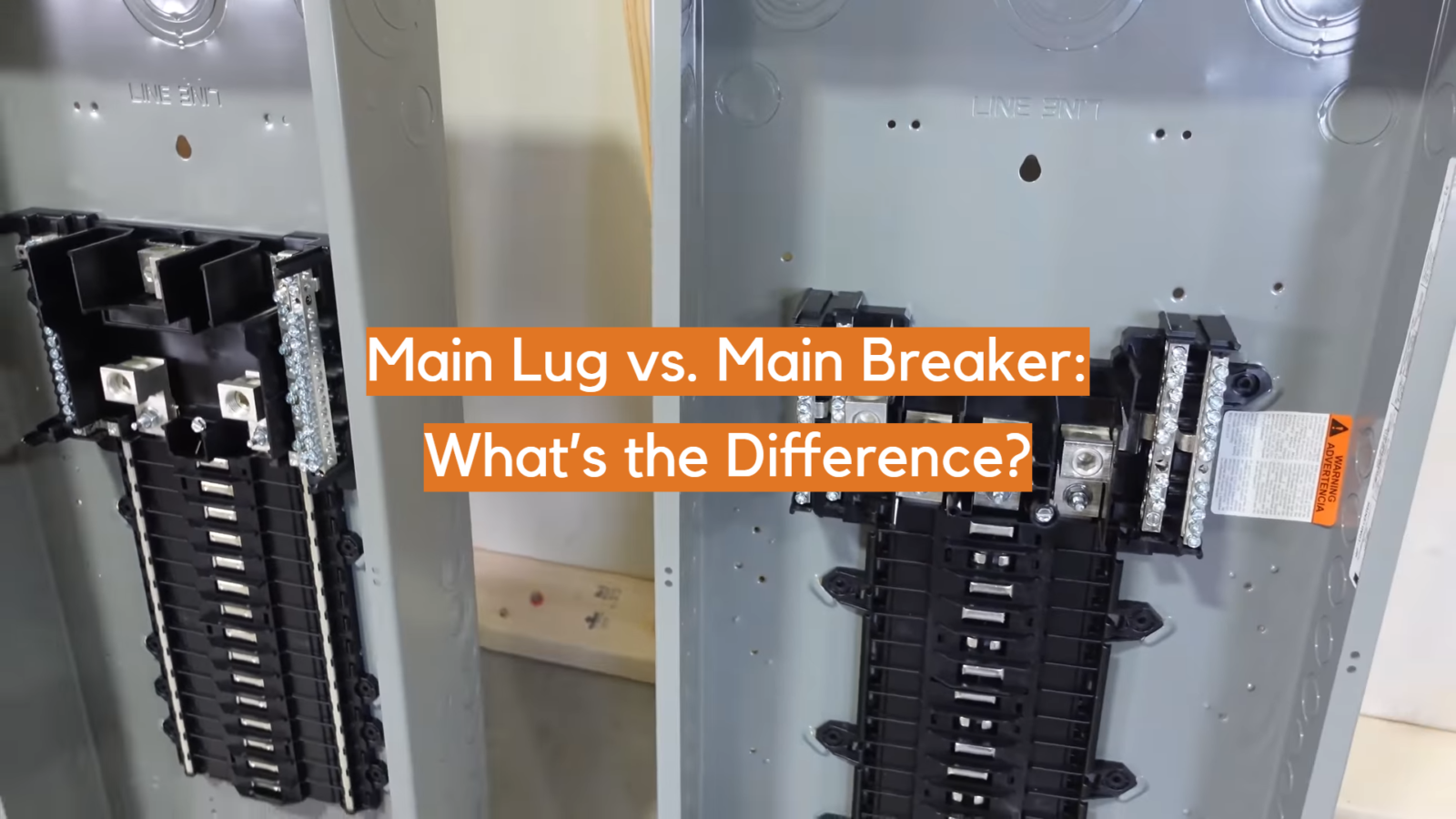





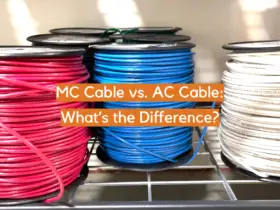


Leave a Reply